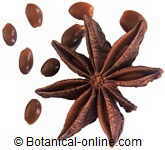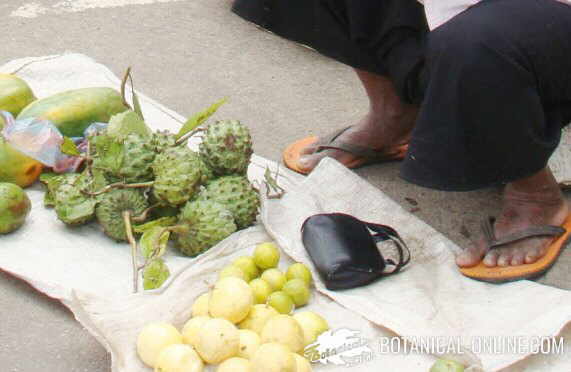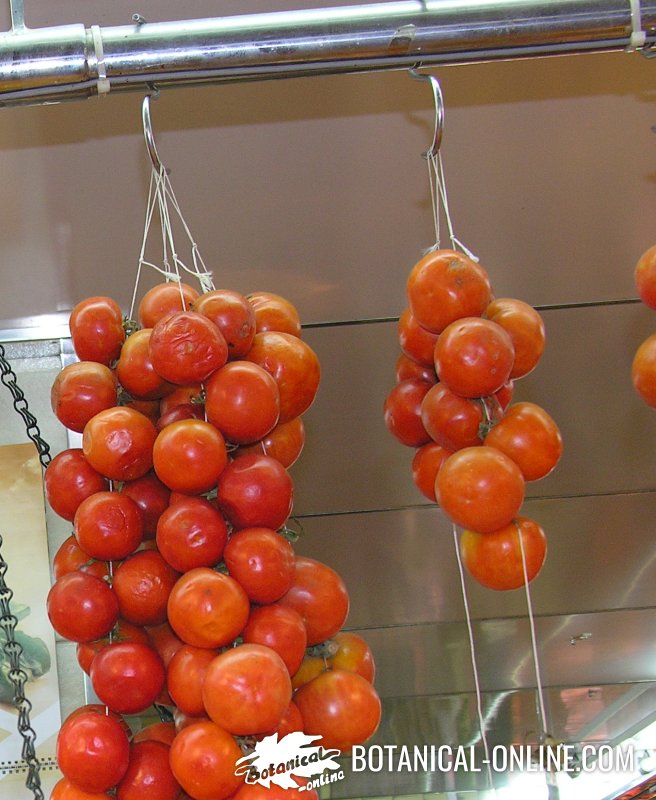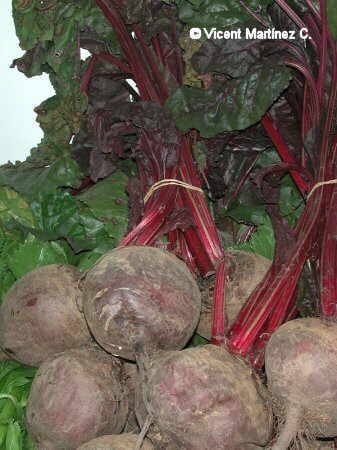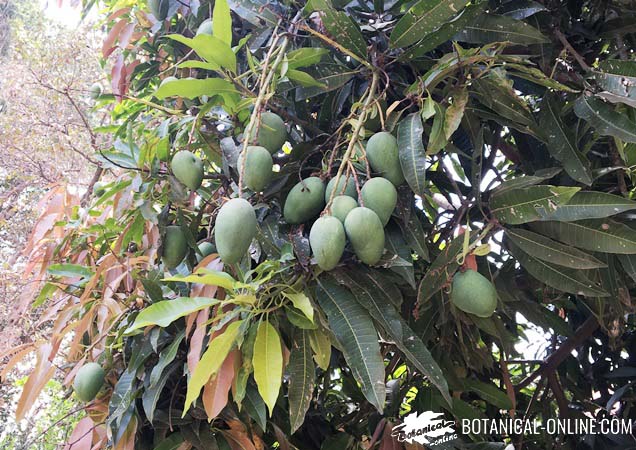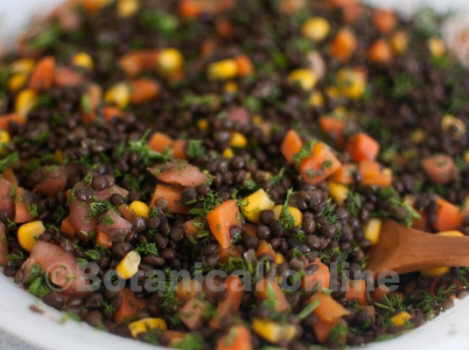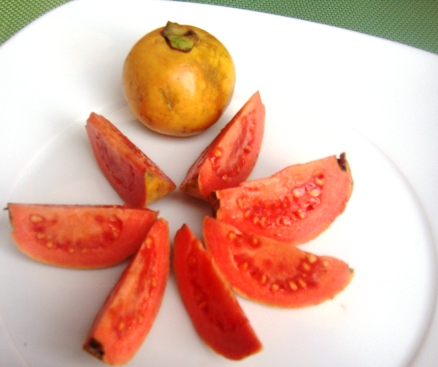Contents
WHAT IS A CROWN DAISY PLANT?
Characteristics of crown daisy (Glebionis coronaria)
Common name: garland chrysanthemum, crown daisy, chrysanthemum greens, shungiku, edible chrysanthemum
Scientific name: Chrysanthemum coronarium = Glebionis coronaria = Leucanthemum coronarium
Family: Compositae
Origin: Native plant of the Mediterranean region.
Habitat: Nitrophilous. It grows on roadsides, crop fields, harvests and open forests. In many areas it is considered an invasive plant. It grows from sea level to 1000 meters above sea level.
Distribution: Throughout the Mediterranean area, southwest Asia and northern Africa. Naturalized in some areas of the USA, California and Peru. It is grown in China and Japan as a vegetable. Its leaves are consumed.
Physical characteristics of crown daisy
Crown daisy or garland chrysanthemum (Chrysanthemum coronarium = Glebionis coronaria) is an annual, robust plant, with erect and highly branched stems, between 80-100cm. tall.
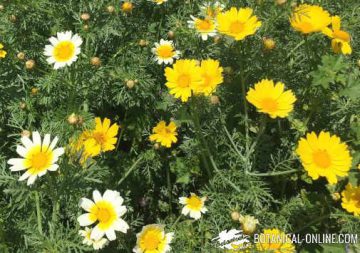
The leaves are bipinnatifid, sessile (without petiole), alternate and with toothed margins.
The inflorescence of this plant is called flower head, and is typical of composite plants. In botany it is called capitulum. This type of inflorescence is composed of 60-150 tiny yellow flowers.
The chrysanthemum has large flower heads, between 2 and 7cm. in diameter, solitary and terminal.
Both the disc floret and the ligules (petals) are white or golden yellow, with the base always yellow. This flower often surprises because it can have two colors in the petals: yellow petals at the base and white at the ends.
It blooms at the end of spring.
The fruit of the plant is an indehiscent achene without pappus. Inside, there is the seed of the plant.
Used parts
- Leaves: This is an edible plant. Its young leaves are collected in early spring and consumed raw in salads. They are also boiled and cooked in the same way as spinach.
- Flowers: The flowers are consumed in salads.
- Medicinal: The medicinal use of this plant dates back to Ancient Egyptian medicine. *More information: see Medicinal properties of chrysanthemum in the list below.
- Ornamental: There are different varieties for garden decoration and as cut flowers.
- Insecticide: the entire plant has an odor that is insect repellent, due to its pyrethrin content. Chrysanthemum is used as a natural insecticidal plant. It is used industrially to manufacture biological insecticides. This property is common in many plants of the chrysanthemum genus. *More information in the list below.
Components of crown daisy
- The young leaves are a good source of vitamin C and beta-carotene.
- Terpenes
- Phytosterols: campesterol. Scientific studies have isolated this component of crown daisy to treat cancer. Campesterol is believed to prevent the formation of new blood vessels that supply the tumor, thus preventing its growth. This property is known as angiogenesis. Its anti-cancer properties are currently still being studied.
- Flavonoids: apigenin, luteolin, kaempferol, quercetin.
- Flavone glycosides: narnigenin glucoside, apigenin glucoside, luteolin glucoside, kaempferol glucoside, quercetin glucoside.
- Sesquiterpene lactones: They have demonstrated anti-cancer activity in scientific studies.
- Anthraquinones
Botanical classification
| Botanical classification | |
| Kingdom | Plantae |
| Subkingdom | Tracheobionta Vascular plants |
| Superdivision | Spermatophyta Seed plants |
| Division | Magnoliophyta Flowering plants |
| Class | Magnoliopsida Dicotyledons |
| Subclass | Asteridae |
| Order | Asterales |
| Family | Asteraceae or Compositae |
| Subfamily | Asteroideae |
| Tribe | Anthemideae |
| Genus | Glebionis |
| Species | G. coronarium |
![]() More information on chrysanthemums and daisies
More information on chrysanthemums and daisies

